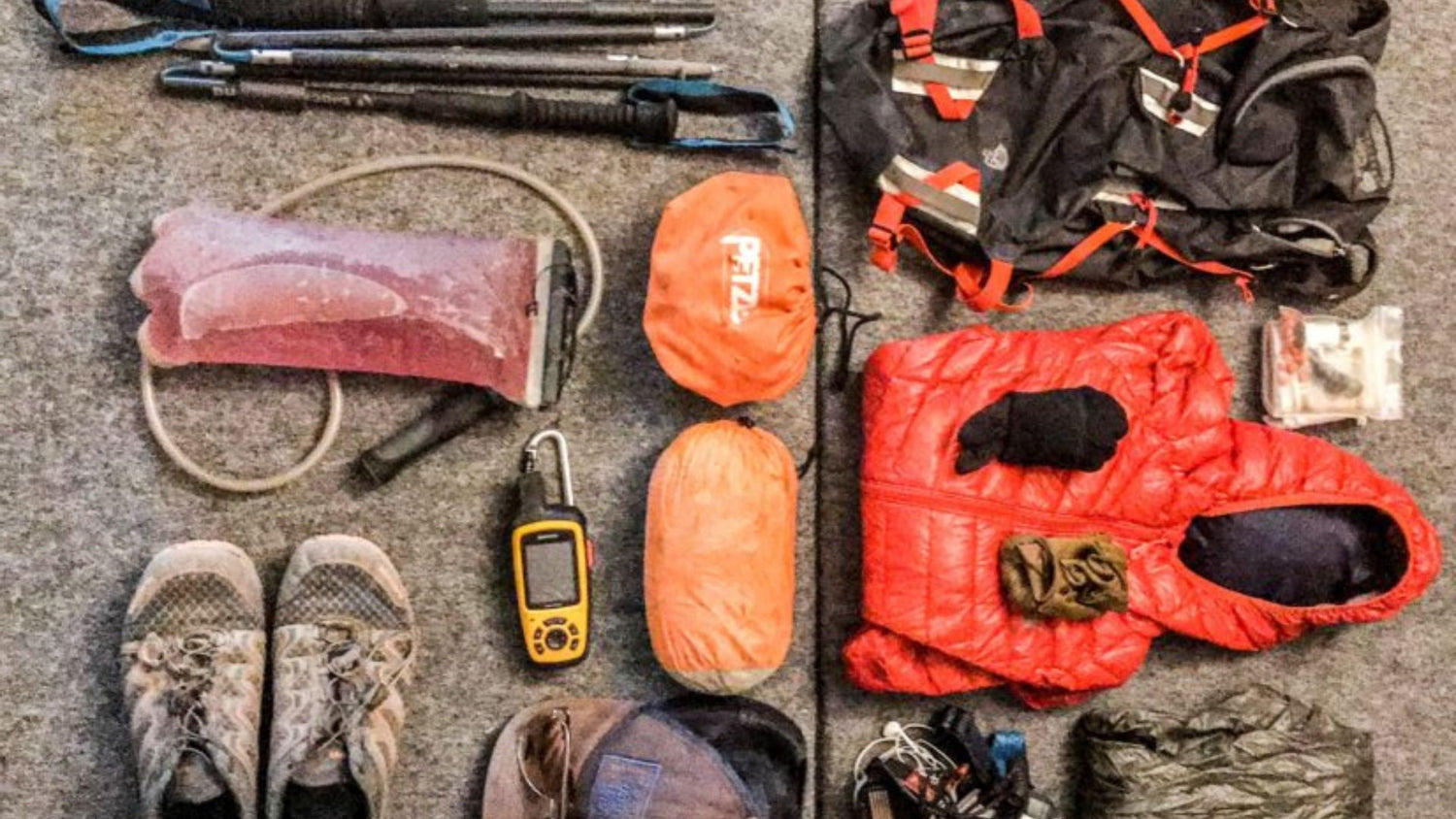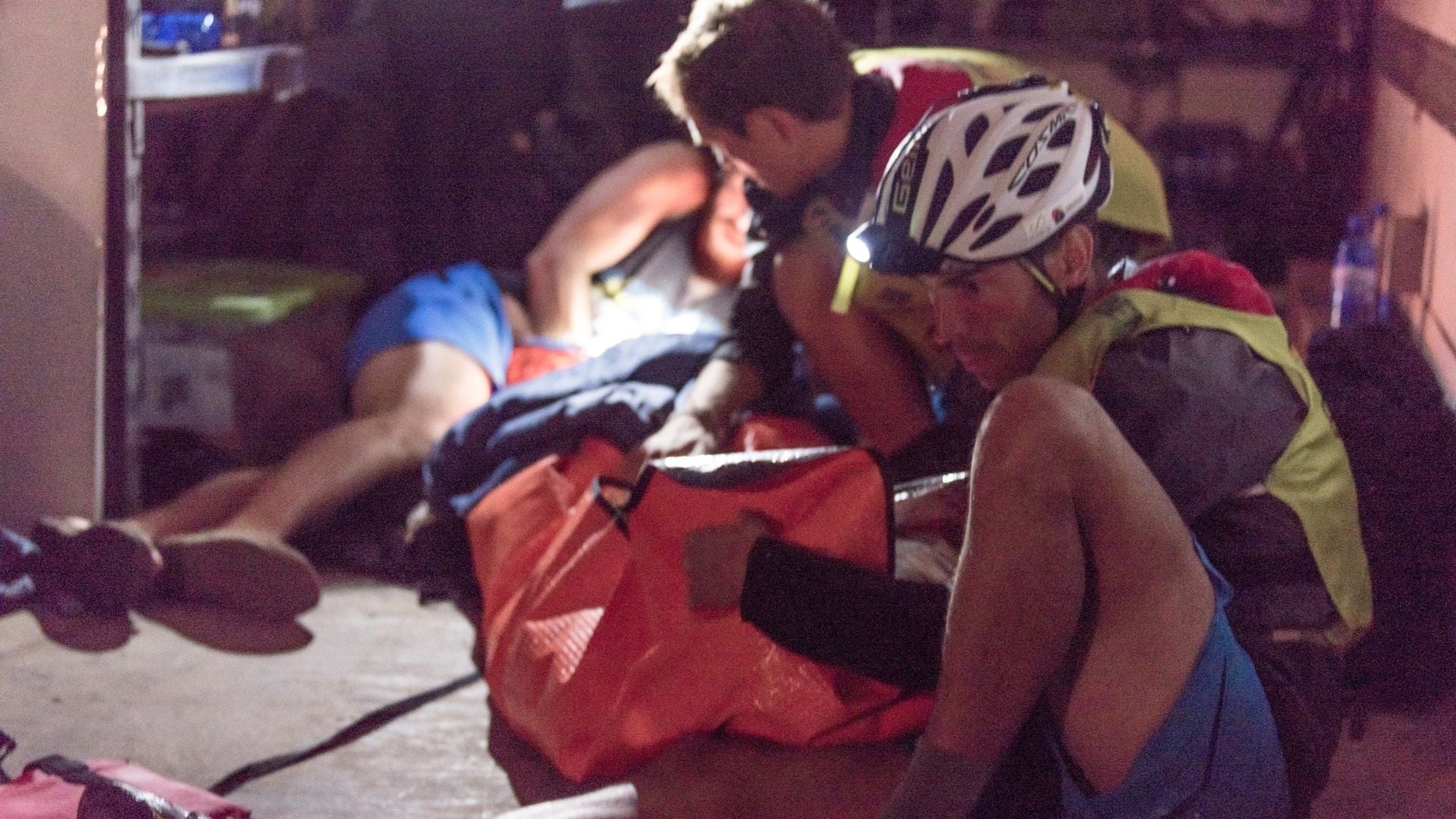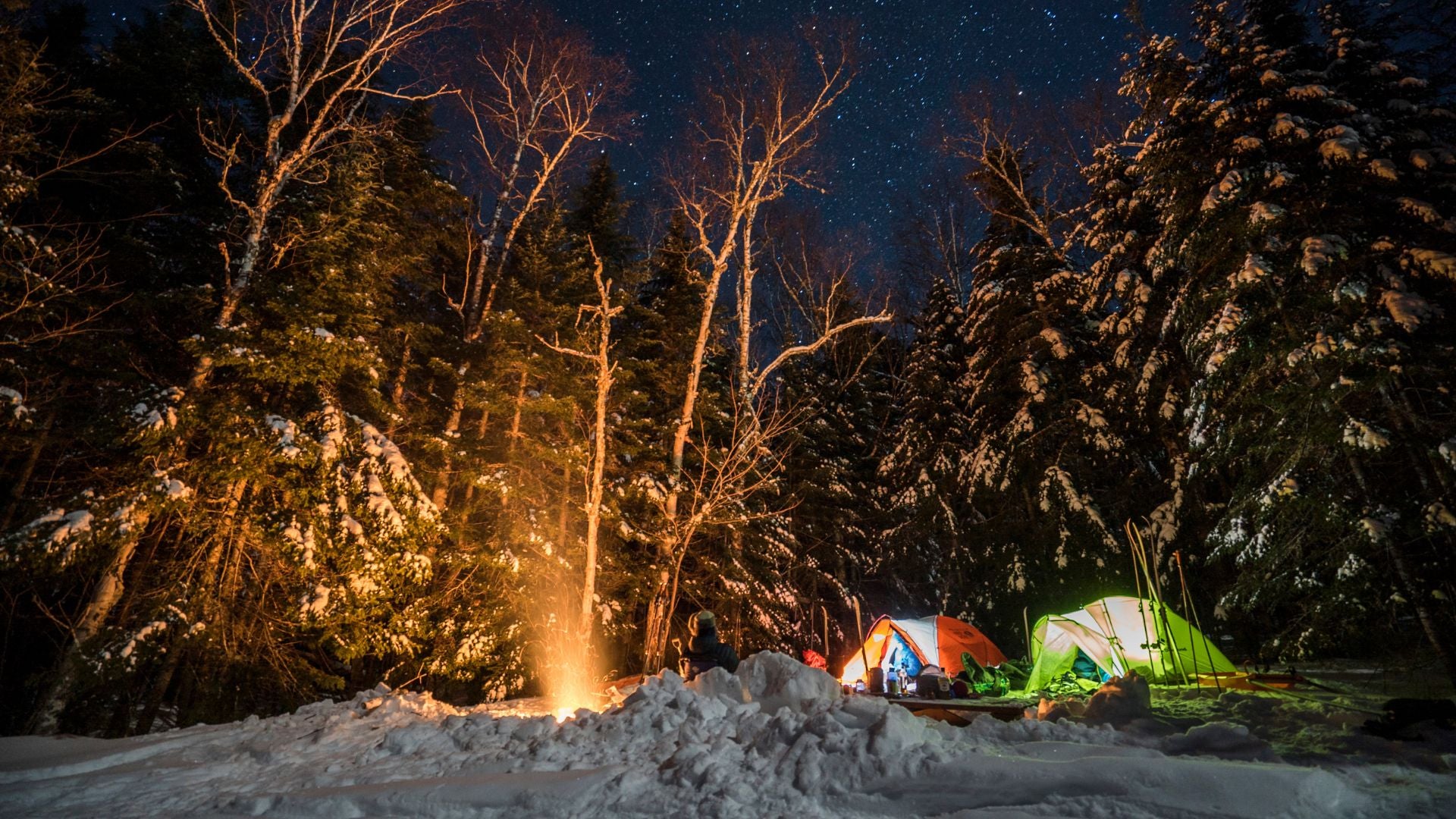10,000ft & Getting Dark
We are at 10,000 feet in the Austrian Alps, and it is getting dark. This is going to be the first time that I spend the night on the wall during a big rock climb, and it’s exactly what my climbing partner Hannes and I wanted: to break up our chosen weekend adventure’s 2500 feet of vertical rock-climbing into two shorter days with a deliberate bivouac on the route. We have planned the adventure meticulously, researching our route and packing overnight gear and food for two days. Everything has been working out exactly according to plan – until about twenty minutes ago.
“I thought the floor of this cave was supposed to be flat!” Hannes shouts over to me with exasperation in his voice. We have crested the top of the last difficult rope length of climbing and are now in a big cave system halfway up the wall, the cave system which we have been counting on to provide a good sleeping spot for us.

Surveying our sleeping quarters for the night. The cave we’d counted on wasn’t what we’d expected.
Turns out that yes, it is a massive cave that’ll protect us from weather… but sadly the floor is far from flat. Hannes and I are walking – precariously, still protected by our ropes – on unstable talus and slippery tundra, steeply sloping down towards the valley some 1600 feet below us, surveying the scene for a safe spot to put down our gear and unrope but not finding one. This will make for an uncomfortable night.
“Oh well. I guess it’ll be a full-value vertical experience.”
Over the Edge
I shrug my shoulders and get to work fixing anchors to the rock in the back of the cave, so we can securely hang gear from the wall and get set up to sleep suspended in our harnesses, ropes tight to prevent us from sliding down the steep slope below us. It won’t be comfortable, but it’ll be safe and warm in our sleeping bags.
At least that’s what I think, until Hannes fumbles his sleeping bag. I hear a muffled curse and look over just in time to see him lose his grip on the soccer-ball sized stuff sack. We watch in disbelief as the crucial piece of gear bounces down the talus, gathering speed, and rapidly disappears over the edge in an unstoppable arc towards the valley.
We look at each other in silence as cold reality sinks in. The temperature up here at 10,000 feet is supposed to dip into the thirties over night; the evening air is already chilling, and it’s not even fully dark yet. With semi-hanging sleeping quarters, there is no way for us to share the single remaining sleeping bag. We are both too tired and worked to consider climbing through the night for warmth. There is just one saving grace: while prepping gear yesterday, I decided to include a Survive Outdoors Longer Bivvy in my emergency kit.
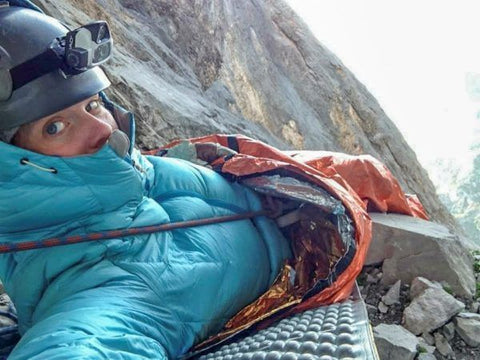
Waking up after the cave bivvy in the Austrian Alps.
I am wearing much warmer clothing than Hannes, so he ends up using my sleeping bag and I spend the night in the bivvy. To say that I was comfortable would be an overstatement, but this little lightweight piece of gear ends up singlehandedly saving the day – or rather, the night – in a situation that would have been infinitely worse had I not brought along the bivvy.

The cave bivvy, all packed up in the morning as we get ready to set out.
The Ultimate Contingency Plan: The Escape Bivvy
That epic cliff-side overnight happened years ago, during my days of being a weekend warrior, long before I became a professional mountain athlete. Today, I climb and run for Mountain Hardwear; I am a high altitude endurance specialist, and epic missions are my jam: 48 hours non-stop around 22,838ft Aconcagua, 55 hours in a single push through the Colorado Rockies – that’s the stuff I love. Yet still today, as a professional athlete, guess which piece of gear always has a spot in my pack? The good old bivvy from Survive Outdoors Longer.
I used the Escape Bivvy to take a much-needed trailside nap at 17,000 feet on Aconcagua while setting the women’s speed record on the mountain; to stay warm in poor conditions while being stuck behind a slow party while soloing the Grand Teton; to be safe on a light-and-fast speed mission along the Pfiffner Traverse in Colorado; and in a pinch, it once even replaced my -30F sleeping bag at Aconcagua’s basecamp for an entire night. But what’s more: despite repeated use of the Escape Bivvy in some of the most difficult and rocky terrain, terrain that would eat up run-of-the mill emergency blankets in the blink of an eye, I am still using the very same bag today that kept me safe years ago.

On the Pfiffner, still using the same Escape Bivvy that I bought in 2012.
If there is an overlooked piece of gear that belongs in the kit of every side- and backcountry adventurer, it’s this: the Escape Bivvy is the ultimate contingency plan for everything from a sprained ankle to a lost sleeping bag. It’s in my kit, and it should be in your kit, too.
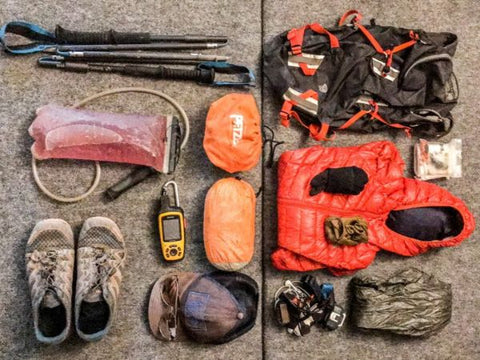
My gear setup for Colorado’s Pfiffner Traverse, a 76 mile cross-country route that I completed this past summer in ~55 hours (becoming the first woman to succeed on it in a single push)

